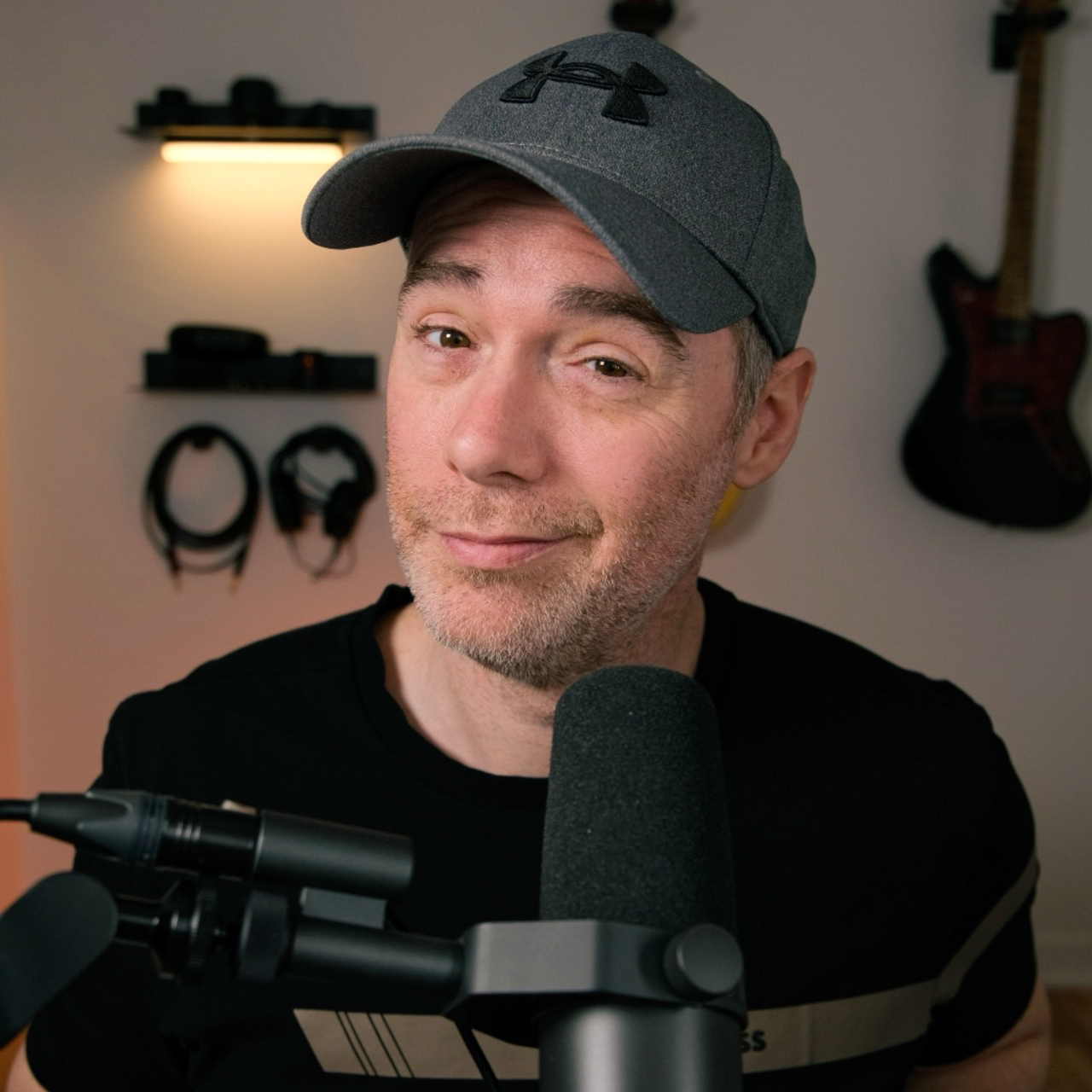This feature may be right. Maybe this pricing works. Maybe those users are the right segment. Maybe that feedback matters. Maybe this is completely wrong, but it’s too early to tell.
This is the ambiguity zone. Welcome! Your ability to exist here without losing your mind determines whether your product or business survives.
The Comfort of Being Wrong
Here’s what’s fucked up: being definitively wrong about something is infinitely more comfortable than being maybe right.
When something clearly doesn’t work, you can just move on. After all, clear failure is actionable. You pivot, you iterate, you try again. Simple.
There’s closure in failure.
But when something might be working? When the data says maybe, the users are lukewarm, and the growth is kinda there? That’s psychological torture.
You can’t pivot because it might be working. You can’t double down because you’re not sure yet. You can’t quit because there are some signs of life. You’re stuck in product purgatory.
Most founders and indie hackers break right here. Not because their product failed. I mean, it hasn't failed quite yet, right? Nope, because they couldn’t handle not knowing if it was failing.
The Technical Mind’s Biggest Weakness
Those of us who code have been trained for deterministic outcomes. The function returns true or false. The test passes or it fails. The code compiles or it simply doesn’t.
We’ve spent years in a world where ambiguity is a bug to be fixed, where edge cases need to be handled, and where uncertainty means you haven’t thought through the problem enough. That's just daily life when you code and work with developers. It's either a yes or a no with conditionals mixed in.
Then we try to build products and suddenly everything is a maybe.
Your beautifully architected system, your clean code, your 100% test coverage… none of it matters if you can’t handle hearing “I don’t know, it’s okay, I guess” or “but I’d like it to maybe do this instead” from users for six months straight.
The best engineers often make the worst founders, not because they can’t build (they totally can), but because they can’t tolerate the psychological weight of not knowing. That's why we always hear things like "omg, distribution is sooo hard!" ¯\_(ツ)_/¯
The Maybe Metrics
So, you launch and a few people sign up. Not a ton of people, but some. Your retention is 40%. hmm, is that good? For a social app, freakin’ terrible. For a B2B SaaS, yeah that’s decent. But you’re building something in between. So… meh.. maybe?
Your growth is 10% month-over-month. Venture scale? No. Sustainable? Maybe. Worth continuing? Who the hell knows?
A user churns but says they’ll be back when you add features. Will they? What features? Maybe. Whatever.
Someone pays for a year upfront. Is that real product validation or just one weird customer? Maybe both.
You could A/B test everything until the end of time, but you have 100 users. Statistical significance is a joke. Every decision is based on instinct, your gut feeling, and incomplete data. Maybe it’s right, though. But then again, who the knows?
The Part That Actually Breaks You
Living with sustained uncertainty creates a specific kind of emotional exhaustion that we seem to never talk about in indie hacker and online builder circles.
You wake up optimistic because yesterday’s numbers were good. By lunch, you’re convinced it’s all falling apart because a user canceled or sales aren't where you'd like them to be. Then, in the evening, a new signup or a few sales makes you think you’ve figured it all out. By midnight, you’re staring at analytics that tell you absolutely nothing definitive.
This emotional whiplash, repeated daily for months, is what actually kills products. Not bad market fit. Not running out of money. But founders who just can’t take another fucking day of maybe. It’s hard.
We glorify the struggle but never talk about this specific struggle: the weight of sustained uncertainty.
Why Ambiguity Tolerance Is The Real Moat
Here’s what’s wild though. The ability to function in ambiguity is rarer than technical skill. It’s rarer than domain expertise. It’s even rarer than capital. I really believe that.
You can hire developers, you can raise money, and you can learn the market. But you cannot outsource the psychological burden of not knowing if what you’re building actually matters.
This is why second-time founders have such a massive advantage.
It’s not the network or the experience. It’s that they’ve lived in the maybe zone before and survived. Because of that, they know that six months of ambiguity doesn’t mean failure. After a while you just develop emotional calluses.
The Paradox of Conviction
Everyone says you need conviction to build a product but what they don’t tell you is that conviction and ambiguity tolerance aren’t opposites. They go hand in hand.
Real conviction isn’t: “I know this will work.”
Real conviction is “I believe in this enough to tolerate not knowing if it works for as long as it takes to find out.”
It’s the ability to hold two contradictory thoughts: this might be completely wrong, and I’m going to keep building it for a while anyway to find out.
Practical Ambiguity Survival
How do you actually survive the maybe zone?
- First, recognize that ambiguity is information. Every maybe contains useful data. Lukewarm users tell you something. Growth that’s modest but consistent tells you something. The difficulty in explaining your product tells you something.
- Second, set ambiguity thresholds. You can and should decide upfront how long you can psychologically afford not to know. Is that 6 months? A year? When you hit that limit, you need to force a decision. Any decision.
- Third, find your certainty anchors. These are the few things you know for sure. Maybe it’s that the problem is real and you have data to back that up. Perhaps it’s that the technical approach works. Maybe it’s that you give a shit about solving this. Hold onto these when everything else is maybe.
- Fourth, stop looking for validation and start looking for direction. Validation is binary; you either have it or you don’t. Direction is a spectrum; you can always be more or less correct.
Direction you can work with, and validation you just wait for.
The Other Side of Maybe
At some point, the ambiguity zone ends though. Don't worry.
It doesn't end with a bang or sudden clarity, but with a gradual solidifying.
One day, you realize you’ve stopped checking analytics obsessively at 11pm because the trend got a little clearer. The user feedback starts forming patterns instead of noise. The maybe becomes “probably” becomes “definitely.”
But (and this is crucial) you only get there by surviving the maybe first.
The products that win aren’t necessarily the best ones. They’re the ones whose builders could tolerate ambiguity long enough for clarity to emerge.
Your technical skills got you to the starting line and your ambiguity tolerance determines if you hit that finish line.
Most people can’t handle the psychological weight of sustained uncertainty and they’ll retreat to the comfort of a definitive no rather than live with an indefinite maybe.
This is your actual competitive advantage. Not your code. Not your features. But your ability to wake up on day 237 of “maybe this is working” and keep building anyway.
The maybe zone is where most products go to die. It’s also where all successful products go to grow.

